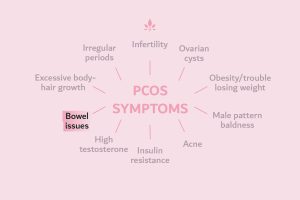Vaginitis in Toddlers

It is not uncommon for infants and little girls to complain of discomfort in the nappy area or around the vagina. Irritation of the vagina, or vaginitis, is a general word used to describe anything that causes inflammation of the tissues in or around the vagina. It can be caused by bacteria, viruses, yeast, or chemical or mechanical irritants and is usually easily treated.
The most common cause of vaginitis is yeast. Yeast is naturally present in the female body, but at times it can grow out of control and cause itching, inflammation, and discharge. This is most common after a course of antibiotics. Antibiotics kill the beneficial bacteria that are present in the vagina and keep yeast under control. The yeast then grows unopposed and causes symptoms. Treatment is with an antifungal cream applied directly to the skin several times a day.
Chemical irritants such as those found in bubble bath are also a common cause of vaginitis. When this happens, parents are advised to avoid soap in the bathwater or to bathe their child in the shower. Rinsing the vagina with clean soap-free water, patting the area dry, and then applying a nappy cream such as Vitamin A & D ointment can help resolve the irritation.
Synthetic fabrics in underwear or wearing clothing too tight can also cause irritation of the vaginal area. The child may complain of pain or discomfort. In this case, removing the offending irritant and wearing loose cotton close to the skin will help.
Bacterial infections are a less common cause of vaginitis in babies and toddlers but are worth mentioning. Streptococcol infections are not uncommon and require treatment with oral antibiotics. Some of these infections are sexually transmitted, so if there is any concern of abuse, it is important to consider all causes of vaginitis. Like the causes above, bacterial infections can be treated.
Occasionally, a child will complain of pain when urinating. When this happens, their doctor will ask for a urine sample as well as performing a physical exam. This helps them determine if the problem is in the vagina or in the bladder. Infections of the bladder are called urinary tract infections and the treatment is with oral medication.
Powered by Bundoo®










